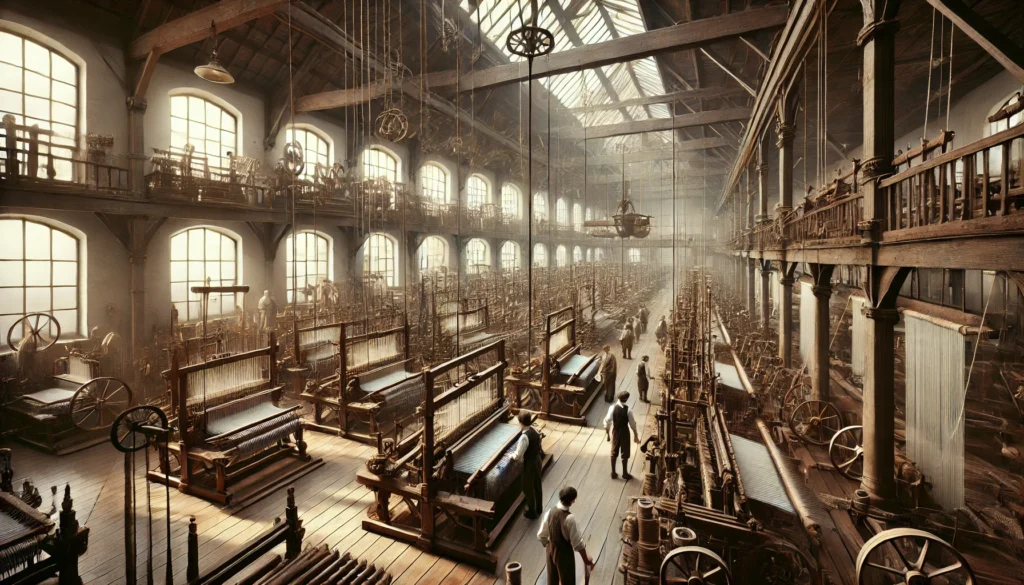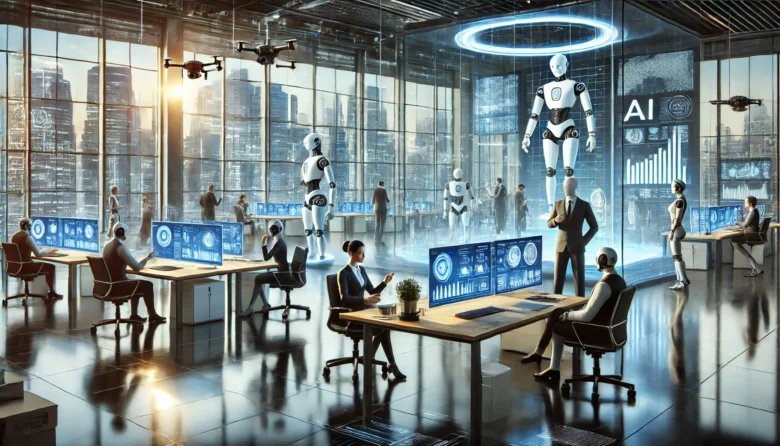Fun Fact: Did you know that automation has been around for centuries? The first recorded example dates back to Ancient Greece, where a water-powered mechanical bird was used to entertain audiences!
Introduction
Automation is no longer a concept of the distant future; it’s happening all around us. From self-checkout kiosks at supermarkets to AI-driven customer service chatbots, automation is reshaping industries and redefining the workforce. But what does this mean for jobs, businesses, and the economy? In this blog, we will delve into The Economics of Automation and the Future of Work, presenting it in a simple and relatable manner that connects to everyday experiences.
The Rise of Automation: A Brief Overview
Automation refers to the use of technology, including robotics and artificial intelligence (AI), to perform tasks without human intervention. It spans various industries, from manufacturing and retail to healthcare and banking. Companies are embracing automation to cut costs, improve efficiency, and increase productivity.
Historical Perspective
Automation isn’t new. The Industrial Revolution during the 18th and 19th centuries saw the emergence of mechanized weaving looms and steam-powered machines, significantly reducing the need for manual labour. The late 20th century saw computers revolutionizing industries, from office work to production lines. Today, AI and machine learning (ML) are taking automation to unprecedented levels.

Economic Impact of Automation
Job Creation vs. Job Displacement
One of the biggest concerns with automation is job loss. According to a study by the World Economic Forum (WEF), automation could displace 85 million jobs globally by 2025. However, the same report predicts that 97 million new roles will emerge in fields like AI, data science, and cybersecurity.
Case Study: Amazon
Amazon, a global e-commerce giant, has automated its warehouses with robots to improve efficiency. However, it has also created thousands of tech and logistics jobs. The key takeaway? While some roles become obsolete, new opportunities emerge for those who adapt.
Increased Productivity and Economic Growth
Automation boosts efficiency and lowers costs, leading to higher productivity. Countries that invest in automation tend to experience economic growth. For instance, South Korea, a leader in robotics, has seen a steady rise in GDP thanks to its investment in automation across industries.
Income Inequality and the Skills Gap
Automation often favours skilled workers, leading to income disparities. Workers with expertise in AI and robotics earn significantly more than those in traditional roles. This creates a skills gap, making reskilling and upskilling essential.
Solution: Reskilling Initiatives
Governments and corporations are investing in training programs. For example, Google’s “Grow with Google” program helps individuals learn digital skills to stay relevant in the job market.
The Future of Work: What Lies Ahead?
Shift to a Hybrid Workforce
Automation will not replace humans entirely but will lead to a hybrid model where humans and machines work together. AI will handle repetitive tasks, allowing humans to focus on creative and strategic roles.
Rise of Gig and Remote Work
As automation reduces the need for full-time employees in certain sectors, gig work and freelancing are becoming more common. Platforms like Upwork and Fiverr enable people to work on short-term projects globally.
Universal Basic Income (UBI) as a Potential Solution
With job displacement concerns, some experts advocate for Universal Basic Income (UBI)—a fixed sum of money provided by the government to citizens. Countries like Finland have experimented with UBI to study its impact on employment and well-being.
Ethical Considerations and Human Oversight
Automation raises ethical questions, such as job displacement, data privacy, and AI bias. Ensuring responsible AI deployment with human oversight is crucial for a fair and sustainable transition.
Conclusion
Automation is here to stay, and its impact on the economy and workforce is undeniable. While it may lead to job displacement, it also creates new opportunities for those willing to adapt. Investing in education, reskilling programs, and ethical AI development is essential to harness the benefits of automation while minimizing its downsides. As individuals, staying informed and upskilling ourselves is the best way to prepare for the future of work.
Author’s Note
Automation is transforming the way we live and work. While it presents challenges, it also offers immense opportunities. The key is to stay adaptable and proactive. If you found this blog insightful, share it with your network!
G.C., Ecosociosphere contributor.
References and Further Reading
- World Economic Forum Report on Future Jobs: https://www.weforum.org/reports
- Google’s Digital Skills Training: https://grow.google
- Exploring the Different Types of Industrial Automation: A Comprehensive Guide | Pioneer Industrial Systems. https://pioneerindsys.com/exploring-the-different-types-of-industrial-automation-comprehensive-guide/




